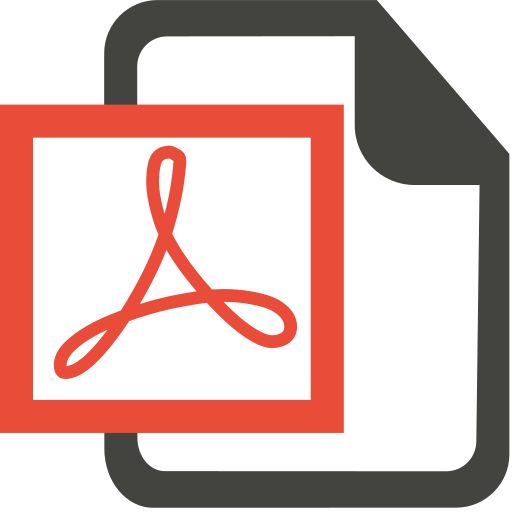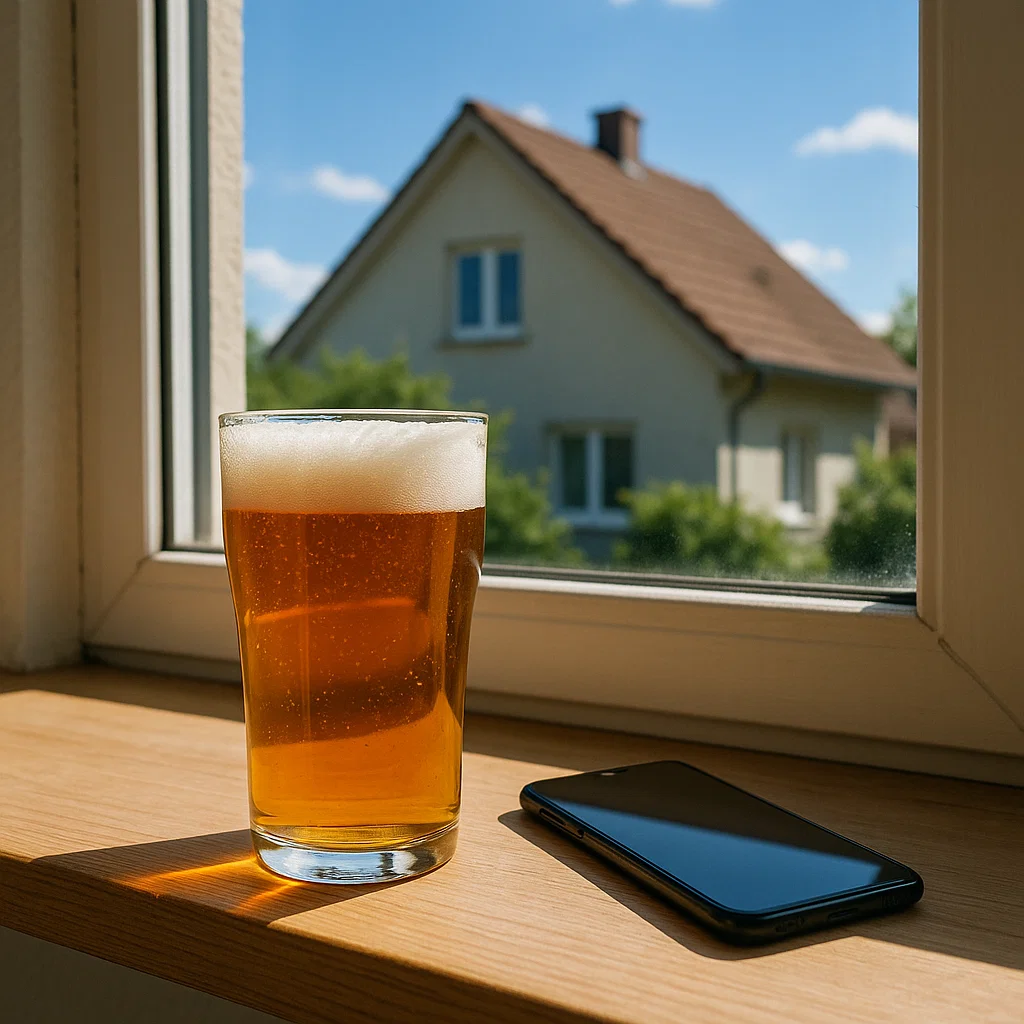Full Episode Audio
Listening Comp. Audio
Welcome to Lesson #3 of Stress Free German….the Teaching and Prompting section. I again want to make sure everyone here has listened to the first two lessons of this course, and that you’ve seen the images we’ve created. Because if you skip lessons or don’t look at the images, the method will not work for you. Alright, with that out of the way, los gehts!
We’ll get to review in a moment, but let’s start with a new word. Listen and repeat after our native speaker: Regal
Again? Regal
To spell that using English letters, it’s r-e-g-a-l. And it’s that L I’d like to work with for a minute. Because the German L is a bit different from the English L. Essentially, Germans are putting their tongue on the roof of their mouth just behind the upper teeth. It’s also flattened a bit. Compare…
El (English)
El
Al
Al
And how about that German R? There are two R sounds in German. The easy one resembles an English “ah”, and often comes at the end of words, as in Mutter and Vater
The more challenging R is pronounced in the back of the throat. Try to bring your tongue back, relax it, and force air through. Like a dry gargle. So R-O-T sounds like: ROT
R-A-T…RAT
Try those again: ROT RAT
And once again today’s new word: Regal
We’ll get to the meaning in a minute, but first let’s do some review.
Ask a friend: Is this your dog?
Ist das dein Hund?
I see your dog.
Ich sehe deinen Hund.
Is this his juice?
Ist das sein Saft?
I want his orange juice.
Ich will seinen Orangensaft.
Where is the refrigerator?
Wo ist der Kühlschrank?
I have the refrigerator.
Ich habe den Kühlschrank.
Where is the park?
Wo ist der Park?
I see the park.
Ich sehe den Park.
Ok, excellent. On to today’s main image. Today’s nouns are all neuter. This means we’ll be using the article DAS when we use the words in simple, declarative phrases. So: Imagine a glass of beer and someone’s smartphone on a shelf near a window. Outside the window is a house. One more time:
A glass of beer, a smartphone, on a shelf…by a window. Outside is a house.
Let’s hear those first three concrete nouns in German…
Bier…Handy…Regal
Again? Bier…Handy…Regal
Notice that “ah” sound at the end of this word: Bier. That’s the easy German R.
Next, Handy is a fitting name for a Smartphone. After all, it’s a very handy object, right?
And Regal…that was our word from the start of today’s lesson. As you repeat the word, envision our shelf by the window. Regal
Now let’s add our neuter article. So say…
The beer. Das Bier
The smartphone. Das Handy
The shelf. Das Regal
And our last two concrete neuter nouns…envision that window…Fenster Fenster
And the house outside…Haus Haus
Say: The window Das Fenster
The house Das Haus
Did you know there’s actually an English word: defenestrate, which means to throw someone or something out a window. Ouch! But there’s your connection. And that leads me to our….
TIP OF THE DAY
The tip today is try to be flexible when processing German words. What I mean by that is to understand that there are hundreds, probably thousands, of words that the two languages have in common. What we call cognates. Some are obvious, like house and beer. Haus und Bier
But because English and German have been separated for hundreds of years now, the similarities between many other cognates is sometimes harder to spot. That’s why I recommend being flexible. Here, can you figure out which body parts these are?
Arm – Arm
Hand – Hand
Finger – Finger
Foot – Fuß
Nose – Nase
Shoulder – Schulter
Take that last one. I can imagine someone saying, “That doesn’t sound like shoulder to me. Where’s the O sound? Where’s the D?” I see your point, believe me, but that kind of rigid thinking is going to hold you back. So, as you watch those videos of Comprehensible Input, listen with a flexible ear. Like, Hmm, that kinda sounded like the word witty. That one sounded like wash. Or I miss…and so on. We’ll talk about this a lot more. For now, try to stay nice and flexible.
(music)
So, we took that break, right…partly to share an important tip, but also to force you to think about something else. So let’s see now how many of today’s new words you recall. Hit pause and try to say them.
(swell)
Be sure to visualize today’s new image. The beer and a phone on a shelf, near a window. Outside is a house outside. Say…
The beer. Das Bier
The smartphone. Das Handy
The shelf. Das Regal
The window Das Fenster
The house Das Haus
Okay, I need you to listen very closely to this next point. This is the main takeaway from today’s lesson. We use DAS to convey THE neuter noun. But when we say A neuter noun, we use ein.
Listen:
This is a beer.
Das ist ein Bier.
This is a house.
Das ist ein Haus.
This is a window.
Das ist ein Fenster.
So ein isn’t just for masculine nouns. Ein is also for neuter nouns. Hold on. That’s really important. Say it again with me: Ein isn’t just for masculine nouns. Ein is also for neuter nouns.
Let’s practice switching between using “a” and “the” with neuter nouns. Imagine a kid who is excited by everything he sees. So when you pass by a house, he calls out…
A house!
Ein Haus!
Mom tells him: The house is good.
Das Haus ist gut.
A beer!
Ein Bier!
Mom frowns and tells him: The beer is not good.
Das Bier ist nicht gut.
A smartphone!
Ein Handy!
The smartphone is good.
Das Handy ist gut.
How would that exchange go with a masculine noun?
A dog!
Ein Hund!
The dog is good.
Der Hund ist gut.
Did you say Der? Excellent! One more…um, let’s see…how about:
A refrigerator!
Ein Kühlschrank!
The refrigerator is good.
Der Kühlschrank ist gut.
I’m telling you, if you’re following along with all this and getting these all correct, you’re doing great. But of course, now let me put you to the test. Let’s say the kid points to some object and you don’t happen to know its gender. For example he calls out:
Ein Adler!
I’ll give you this: It’s not feminine. But, given that we heard him say Ein Adler, do we know which gender it is? No, we don’t. Why? Because both masculine and neuter nouns take ein in this kind of phrase. But then his mom says…
Ja, der Adler ist schön!
Ahh…now we know that it’s a masculine noun. Right? Uh-oh, the kid is pointing again…
Ein Pferd!
Tell me, what’s the gender of Pferd? Say: I don’t know yet. But then his mom says…
Ja, das Pferd ist schön!
I heard Das. So now we know it’s neuter. And notice something else: I’m not burdeoning you with the meaning of these new words. Because at this stage, believe it or not, meaning is just a distraction. It is. What you want to really focus on is how the language works. And you guys have already made excellent progress with that. More in a moment…
(music)
So the last major point today is that, along with ein, neuter nouns also take mein, dein and sein. Again, for now just listen…
Ist das mein Bier?
Ist das dein Handy?
Ist das sein Haus?
Imagine you’re sitting in a cafeteria, as Tanya brings drinks to the table.
Das ist mein Bier, und das ist dein Orangensaft.
But then Karl asks…
Wo ist mein Wasser?
Any guess what he’s asking for? Right…he said, Where is my water?
He used mein, so does that mean wasser is masculine? Not at all. It only tells us that it’s not feminine. Anway, Tanya’s eyebrows raise up in surprise…
Entschuldigung, Karl!
She hurries back to the counter and brings Karl a glass of water.
Hier ist dein Wasser.
Tanya, ist das Wasser warm oder kalt?
You probably figured out that he’s asking, Tanya, is the water warm or cold? But the real victory is if you spotted the das right before Wasser and realized…Hey, now I know it’s neuter!
(slower) Ist das Wasser …warm oder kalt?
I know we only just heard the words, but still, for fun, how would you ask:
Is the apple juice warm or cold?
Ist der Apfelsaft warm oder kalt?
Okay, let’s finish with a quick gender review. For each word I prompt you with, you just say: Where is the…whatever. And try to see it in its picture. Right? The image of the park, then the picture of the foods by the refrigerator, and today’s “things by the window” image. And as always, hit pause if you need more time. Ready?
cheese
Wo ist der Käse?
shelf
Wo ist das Regal?
table
Wo ist der Tisch?
window
Wo ist das Fenster?
house
Wo ist das Haus?
refrigerator
Wo ist der Kühlschrank?
Next lesson we’re going to learn a new trick.. the ultimate way to figure out, just by listening, whether a noun is masculine or neuter. It’s so cool. And I’ll explain next time. See you then!
Lesson PDF Download – Right click on PDF Icon – Save Link As…


Thanks, much mark, i’m a little confused how to differentiate between a masculine noun and neturoin noun
Hi Mohammed,
Please send me an email direct to: support@StressFreeGerman.com
This kind of question requires a back and forth series of correspondences, which is better done via email.
OMG! I have tried to learn German for so many years. I could never remember whether a noun was der, die or das and therefore floundered at the first hurdle each attempt.
This method is so visual it suits me down to the ground. I wish I had come across it last year. Nevermind, I’m off to see my German friend next weekend and will practice what knowledge I have gleaned before I go and maybe do a few podcasts when I am over there.
Thank you so much. You’ve given me so much hope!
So glad to hear it, Jenny. I hope you have a great trip. And if you can, please share your thoughts about SFG on whatever platforms you visit. Still trying to spread the word. 🙂
Vielen Dank! Ich kann jetzt ein bisschen Deutsch sprechen. Dieser Kurs wird mich besser machen!
Great to hear it, Jodi! Hope to welcome you to Volume II (and III and IV) of SFG soon!
Great course… i feel like i have made more progress with my German using this compared to other methods. I find first listening at x75 speed allows me time to think if i am not able to pause. Then i increase playback speed faster and faster once i get it. Finally i listen to it and write down rather than say the answers to ensure i can also spell these words.
This course is amazing. I have been striving to learn Deutsch for several months using other resources on the internet and have been making very slow progress. Your lessons 1,2 & 3 have cleared up the mystery of gender in less than 2 hours have and made language learning fun.
Thank you!!!
Glad to hear it, Bryan. And it would really help us if you talk about SFG on whatever forums you engage in. Reddit, youtube, FB…It helps us get the word out.